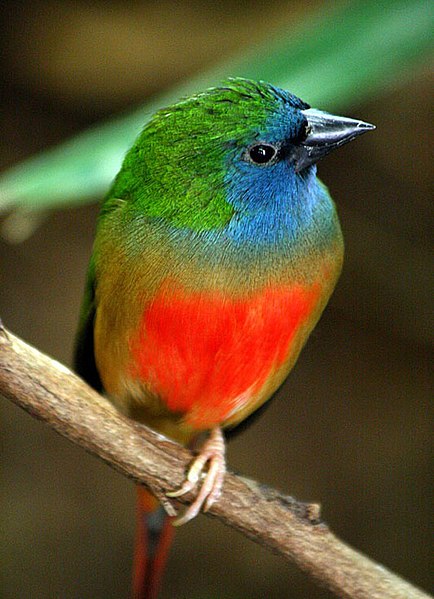When I first began work as a Bird Keeper at the Bronx Zoo, much of my time was spent cooking eggs and horsemeat, rearing and capturing insects, chopping produce and otherwise preparing the diets for thousands of birds (please see the article linked below for more information on feeding zoo birds). The introduction of nutritionally-sound pellets and chows for birds ranging from parrots to cassowaries forever changed how birds in both zoos and private homes are fed. A recent study of Parrot foods and nutrition has shed some new light on caring for these exotic pets.
But while it may be convenient to know exactly what nutrients our pets are consuming, many parrots look upon commercial pellets with disdain. And because pellets can be consumed far more quickly that seeds, parrots that do accept them are left with extra “free time” to fill; boredom becomes a problem unless additional enrichment opportunities are provided. Much of the research concerning standardized bird diets has focused on species typically kept in zoos. However, one recent study examined diets commonly fed to Amazon Parrots. Its results, I believe, have important implications for owners of all types of parrots. Read More »
 That Bird Blog – Bird Care and History for Pet Birds
That Bird Blog – Bird Care and History for Pet Birds




